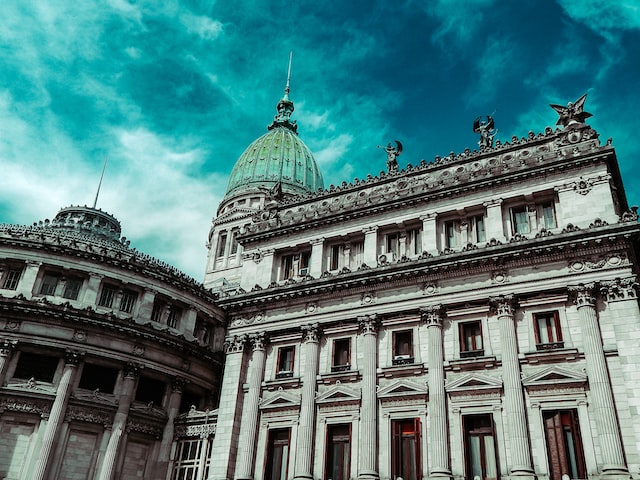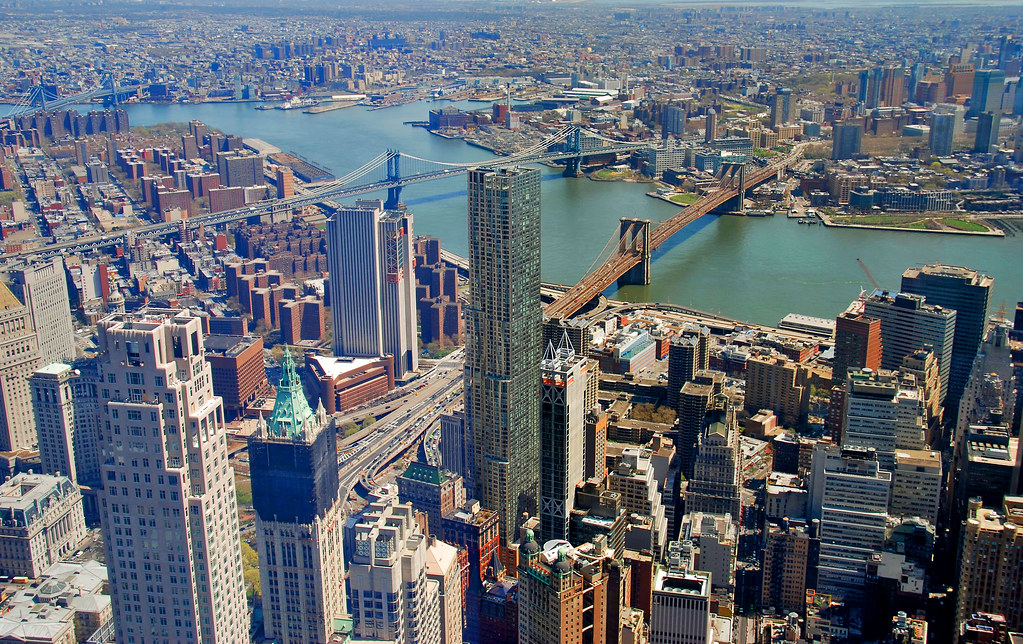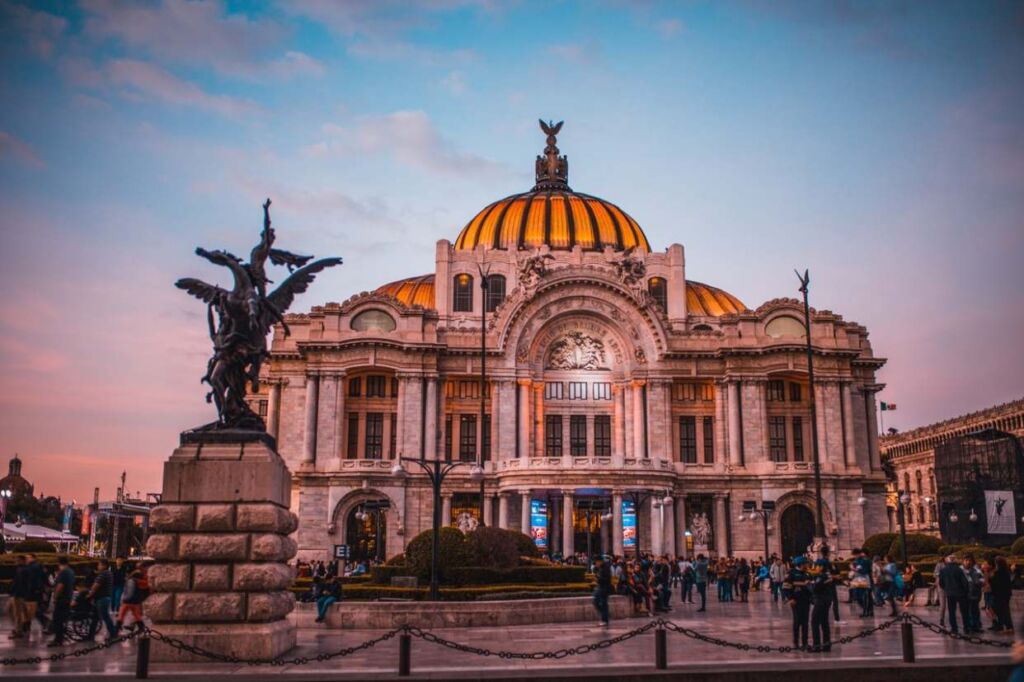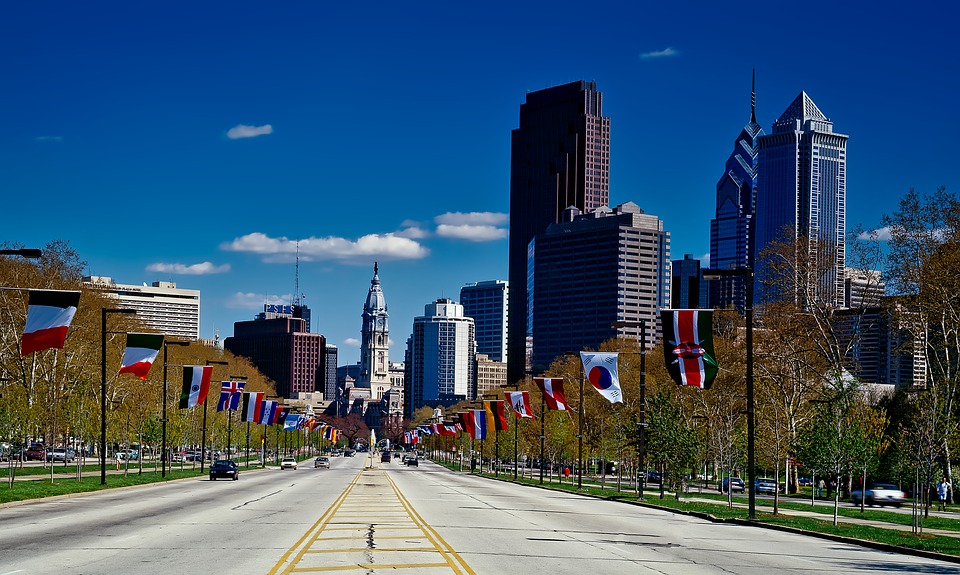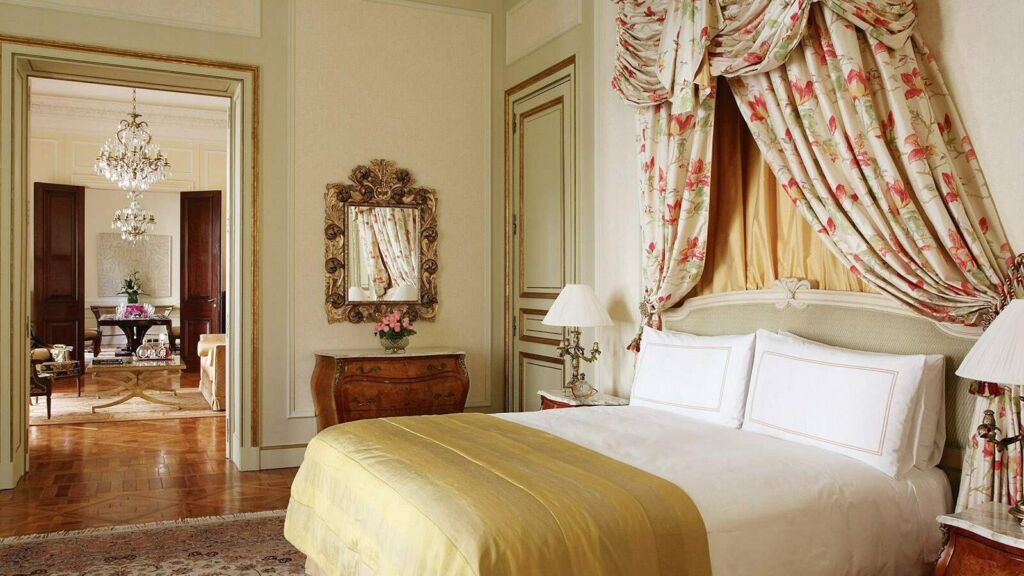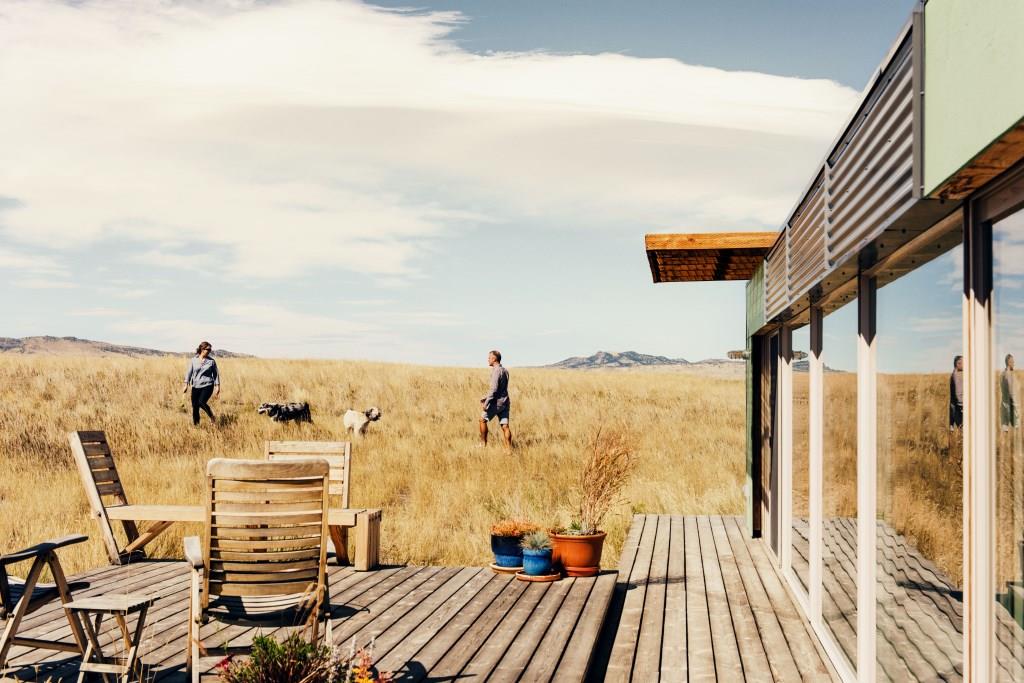When we arrive in a city we have never visited before, the first thing we want to do is to know a little of its history and its most iconic places. The historic centre of a city refers to its oldest buildings, the first buildings that meant the birth of the town in question.
It is a geographical space with tremendous cultural, touristic and social value since it is about the origins and the roots of that place. For this reason, the historical centres are usually protected by that city’s government using laws that prevent the demolition or reformation of certain buildings, streets, avenues, statues, institutions, etc.
In the case of Buenos Aires, the historic centre is vibrant and a must-see tour. It is one of the first tours most tourists want to do and certainly one of the first places locals recommend visiting.
So now you know whether you are on vacation, visiting, or taking a Spanish course at Expanish Buenos Aires, you can take advantage of the historic centre of the city. This article will tell you everything you need to know to make the tour on your own and at your own pace.
This tour is an excellent option for those students who have travelled to study spanish argentina, as it will allow them to understand the local culture better and to put into practice what they have learned about the language so far.
So, let’s see how to go through this tour. We first want to delimit the route; we will divide the time into two parts: the first at the Plaza del Congreso and the second at the Plaza de Mayo.
Now let’s start.
Start of the tour: Plaza del Congreso
It is advisable to start the tour from this point since a monolith marks kilometre zero. This square is vast and has many monuments. There are two of them that are the “Monument of the Two Congresses” and “El pensador” (the thinker).
The Monument of the Two Congresses was created in 1914 to commemorate the Assembly in 1813 and the declaration in the Congress of Tucumán (1816), events represented by two female figures made in bronze.
“El Pensador” is a statue made in bronze by François-Auguste Rodin, representing a man thinking.
The National Congress Palace
It was inaugurated in 1906 and was finished in 1946. It can be visited. Admission is through guided tours that are free and are available in Spanish and English.
Walk along Avenida de Mayo
The Avenida de Mayo connects the Plaza del Congreso with the Plaza de Mayo. It was inaugurated in 1894, and many historical buildings and shops can be seen along it. There lived the aristocrats of the time, both locals and foreign visitors.
The domes of the buildings are something to admire; many still stand after so many years. Over time new buildings were built, mainly offices, but fortunately, there are still old buildings that the government protects, such as the Barolo Palace (once the tallest in South America), which is impressive and beautiful, thanks to its mix of Italian and Indian styles. It also has a high point that lets you visualise the city best.
Another historic building worthy of admiration is the “Café Tortoni”, founded in 1858 and where all kinds of personalities and presidents from all over the world have sat.
Underneath the avenue runs subway A, the first subway in Latin America.
Second part of the tour: Plaza de Mayo
It is the most iconic and vital place in Buenos Aires, where the most significant demonstrations and celebrations usually occur. But it is much more than that; it is one of the places that most represents the country’s history and is one of the most beautiful squares.
From this point, the first streets of the city were traversed. Over time, the square changed its name and appearance several times; all kinds of events took place there, such as public executions, bullfights, and once there was even a market.
El Cabildo
Formerly, this building was the leading authority of the city since the First Meeting of 1810 was held there; today is just one monument among many others where you can see many objects and historical paintings. It is the most emblematic building in the entire city. It is a must-see during this tour, although today, almost nothing remains of what was originally the Cabildo. It is a free visit.
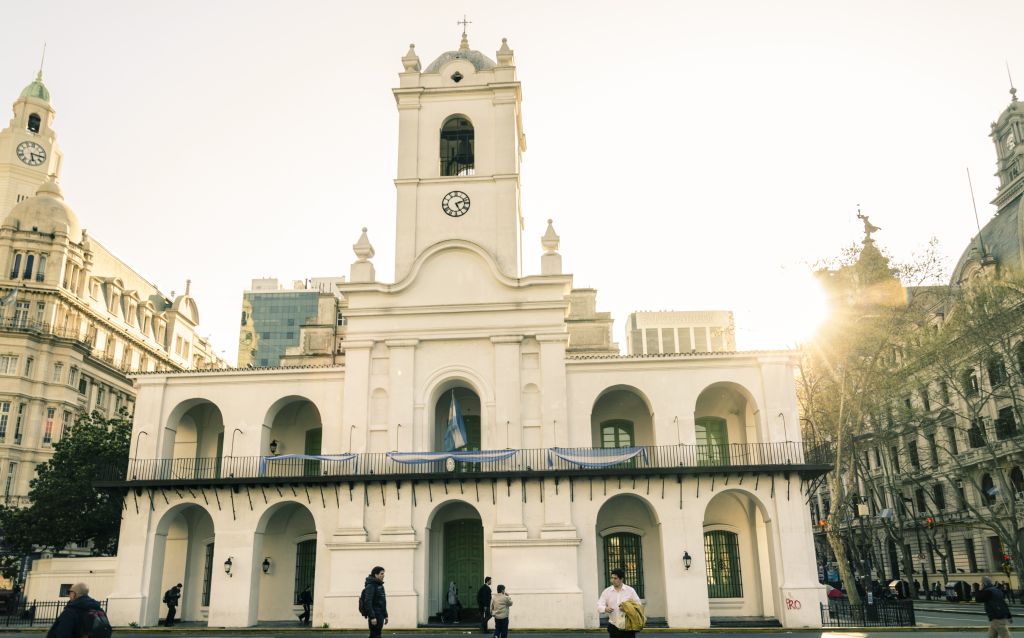
La Casa Rosada
Casa Rosada is the seat of the National Executive Power; in other words, it is the office of the country’s president and many other people who are part of it. There are free guided tours (which last a little over an hour) every weekend, where you can tour the interior, the rooms, the patios and the museum.
The Church of Saint Ignatius
It is the oldest church that remains in the city. It was built in 1675 entirely of adobe, although it was later covered with bricks. Despite having been renovated, it still retains its original structure and materials.
This church is part of “La Manzana de las Luces”. A block that received that name because it was where large academic institutions were located, such as the old building of the University of Buenos Aires and the National School of Buenos Aires; in addition, it was where the National Congress used to session.
Plus, you can walk through underground tunnels dating from the colonial era, connecting the city’s main buildings.


